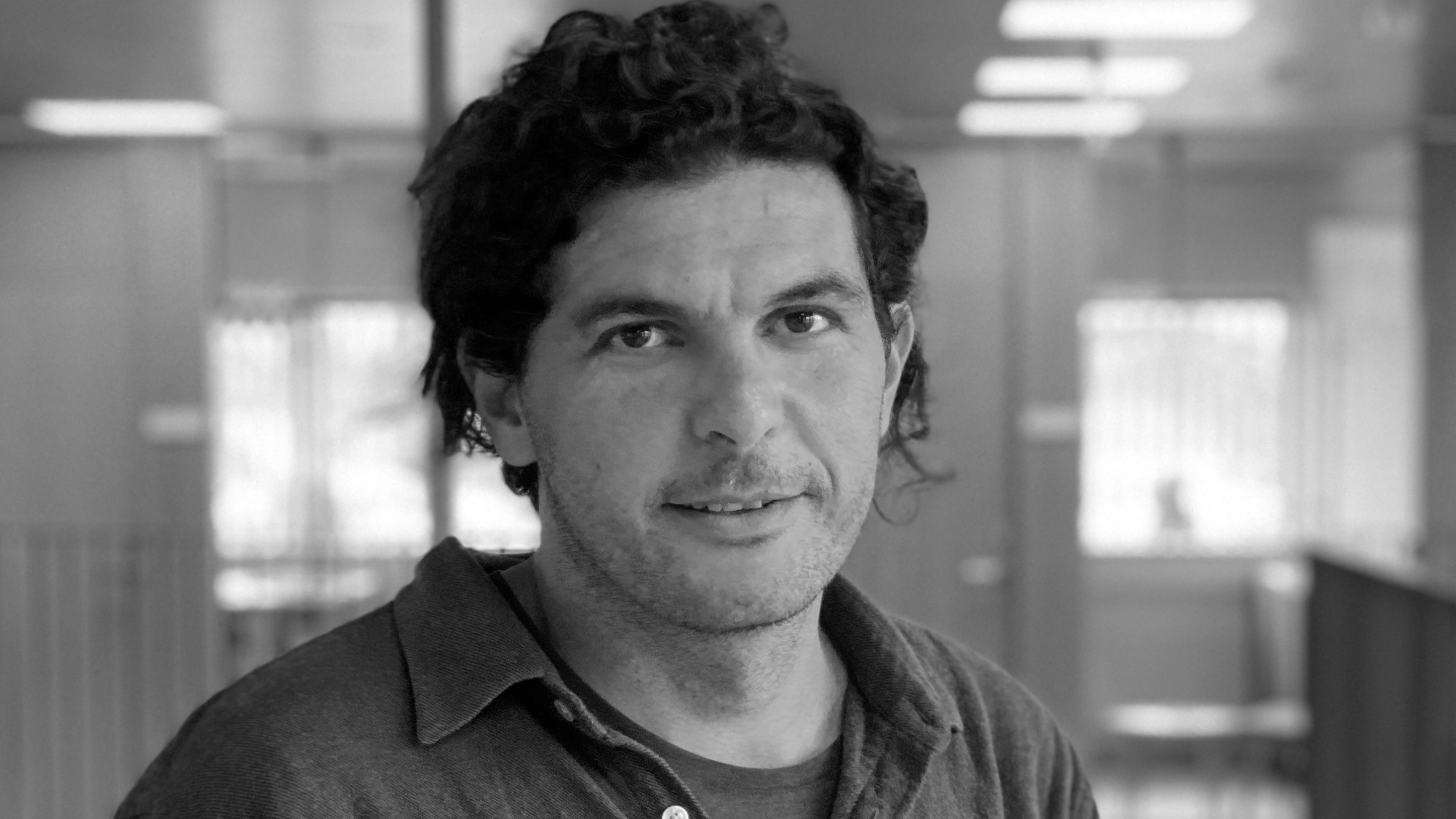
How can you best measure the impact of interdisciplinary research? Pantelis and team want to find out
Hopefully, the project will lead to a better understanding of how interdisciplinary research works.
With a degree in economics, a master’s degree in cognitive science, a Ph.D. in psychology and post-doctoral studies in computer sciences, it is almost no wonder that interdisciplinary research speaks to Pantelis P. Analytis, assistant professor at the Department of Business & Management and a fellow at DIAS, SDU.
Pantelis P. Analytis has an interest in the emerging field of science-of-science and on how to measure the impact of scientific projects. Thus, he and some colleagues has started a new research project where they want to use scientific methods to study interdisciplinarity itself:
- As DIAS is an interdisciplinary institution, we wanted to use state-of-the-art scientific methods to try to understand how interdisciplinarity works and to develop new methods to measure its impact, Pantelis P. Analytis says about the project with the name Measuring the impact of interdisciplinary research.
The project involves DIAS-researchers from the disciplines: management, biology, mathematics, computer science and history. Their goal is to utilize their different backgrounds to potentially create new computational metrics of measuring the impact of interdisciplinary.
But, as Pantelis P. Analytis stresses, the group still has a long way to go.
Leveraging different backgrounds
It all started with Pantelis Analytis wanting to know more about science-of-science.
He invited Sune Lehmann, Professor of Networks and Complexity Science at DTU and Professor of Social Data Science at KU, to present his recent work at DIAS. After the lecture, he and some of the other DIAS fellows discussed the scientific potential over a dinner.
“I think the lecture and the dinner afterwards helped us realize that this field would be interesting for us to explore. We were scholars from different fields, and we discussed how we could create a new measure that was universally valuable beyond any specific discipline,” Pantelis P. Analytis says.
The scholars that joined the dinner and formed the team are Pantelis P. Analytis, Benjamin Jäger, associate professor, IMADA, Aglae Pizzone, associate professor, Department of History, Kedar Natarajan, at the time assistant professor at Department of Biochemistry and Molecular Biology (BMB) and Thorbjørn Knudsen, one of the founding fathers of DIAS and now professor at The Frankfurt School of Finance & Management
Using funding from DIAS, the team also hired Daniel Barkoczi, a skilled computational social scientist, to work as a part-time postdoctoral researcher on the project.
Building the computational pipeline
Right now, the focus of the group is learning how to use the different tools for conducting the main analysis for the project.
- First, we reviewed the previous work on the impact of interdisciplinary research. Second, we need to build the computational pipeline, which we are doing right now. Afterwards, we are going to reproduce some of the already existing metrics of measuring impact and start doing our analysis at a small scale, Pantelis P. Analytis says.
- Once we have the pipeline ready, we hope to be able to scale it up and we can start thinking about more strategic questions, like what cluster of papers to direct our analysis towards and how can we devise good metrics of interdisciplinarity.
One obvious thing people is to look at when measuring impact is the number of citations, but that method lacks nuance, Pantelis Analytis says.
The problem with counting the number of citations is that the different fields have different traditions of citing. In mathematics, he explains, it is not common to use a lot of citations, whereas in computer science there is a flood of citations, as the main publication outlets are conferences with quick reviewing processes. The team is therefore inspired by newer methods of measuring impact.
Creating more valuable research
Finding good ways to measure interdisciplinary impact has the potential to improve future research, Pantelis P. Analytis continues:
- By having good metrics for measuring impact we can understand the output of scientific processes better. We hope to make room for creating more valuable interdisciplinary research that will hopefully generate tangible solutions to real world problems.
How did the team find each other?
- The project is named: Measuring the impact of interdisciplinary research.
- The scholars in the project are Pantelis Analytis, Benjamin Jäger, associate professor, IMADA, Aglae Pizzone, associate professor, Department of History, Kedar Natarajan, assistant professor at Department of Biochemistry and Molecular Biology (BMB) and Thorbjørn Knudsen, professor, Department of Business and Management, all SDU. Daniel Barkoczi, Department of Marketing and Management works as a part-time postdoctoral researcher on the project.
- They met at DIAS, and the idea for the project came up at a dinner after a DIAS-lecture on network science.